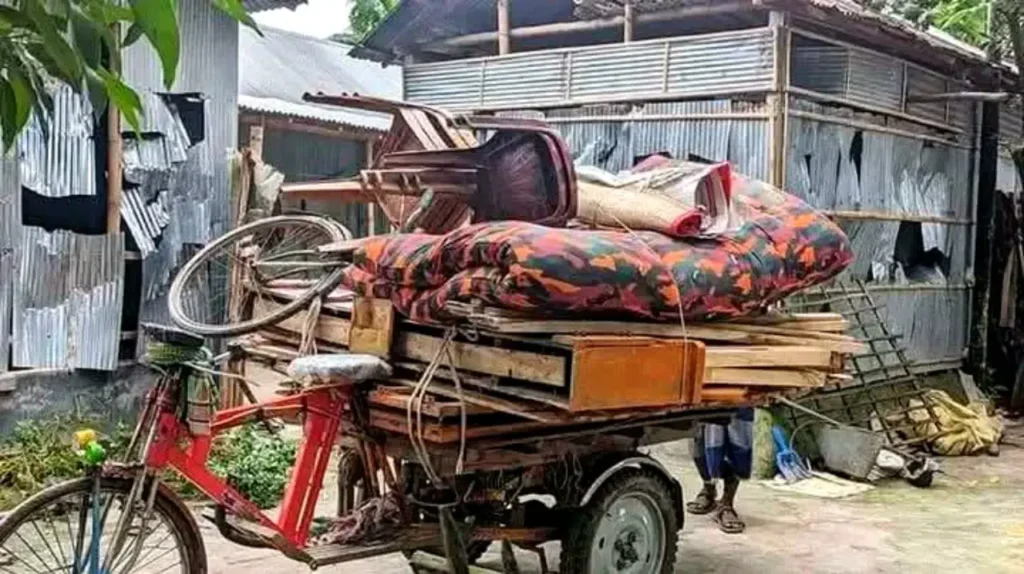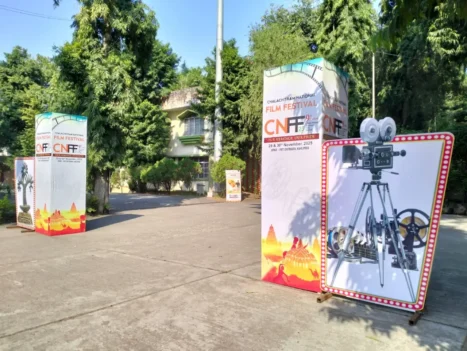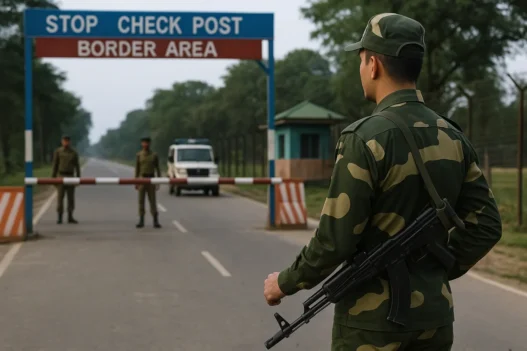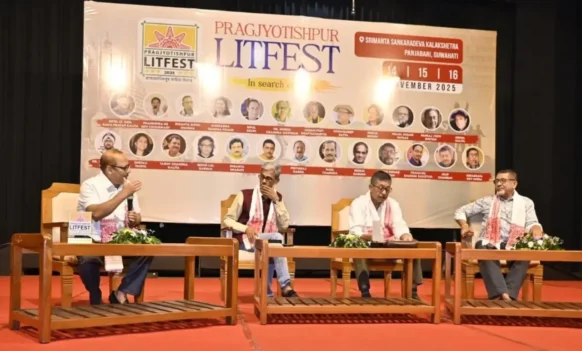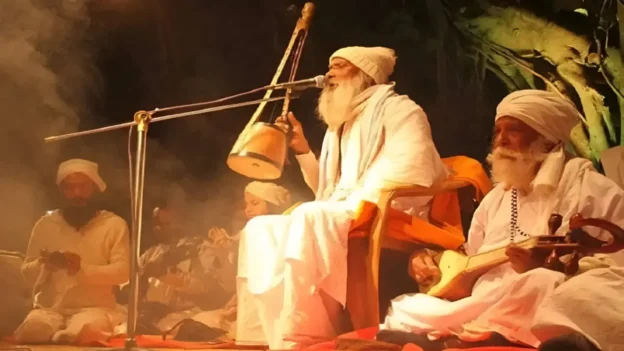In the fading light of a July afternoon, the village of Balapara in northern Bangladesh fell silent—not from peace, but from fear.
The echo of shattered glass, the acrid stench of scorched of vandalised belongings, and the hollow eyes of families watching their homes crumble were all that remained.
Hindu families, generations rooted in this soil, now sleep in fields and makeshift shelters, stripped of their dignity by fanatics mobs incensed over a teenager’s Facebook post.
What began as a digital accusation against a 17-year-old Hindu student has metastasized into an ominous campaign of mob vigilantism, exacerbated by a fragile political transition.
Since Nobel laureate Dr. Muhammad Yunus assumed the role of interim chief in August 2024 following the ousting of Sheikh Hasina, Bangladesh has seen a surge in extrajudicial violence, often cloaked in religious fervor and fueled by social media hysteria.
The latest violence unfolded on July 26 and 27 in Gangachara upazila of Rangpur district, after a local youth was accused of “defaming the Prophet Muhammad” via a Facebook post.
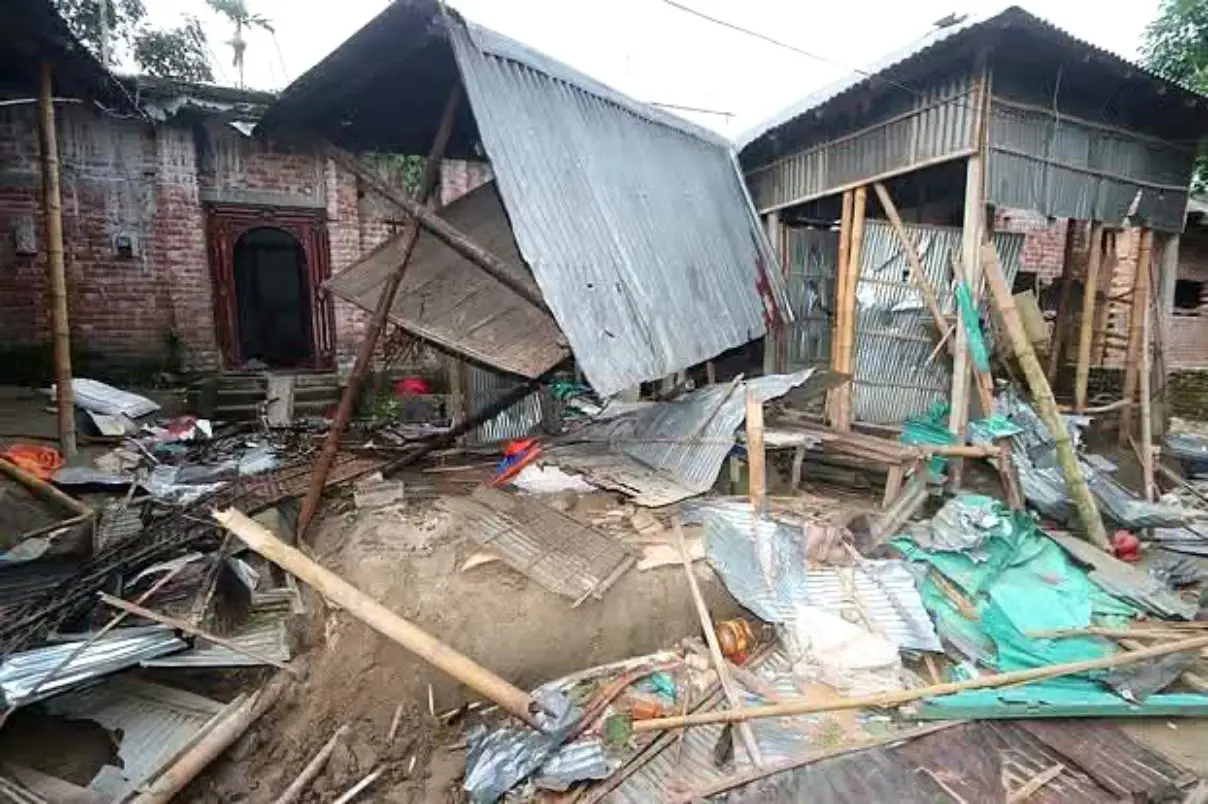
The teenager, a student at a private polytechnic institute, was swiftly arrested under the Cyber Security Act and remanded to juvenile custody.
But his detention failed to pacify the swelling rage.
Fueled by incendiary announcements made over loudspeakers, hundreds of people—some traveling from neighboring Kishoreganj—descended on the boy’s village, ransacking at least 18 Hindu homes.
“They used microphones to summon the crowd like it was a festival of vengeance,” said Paresh Chandra Roy, a local elected representative.
“They looted gold, cattle, clothes, and even food. They smashed deities. What crime did our children commit?”
Residents say the assailants came with premeditation. “It was not spontaneous,” said Kamalakanta Roy, whose home was among those devastated.
“They came armed with lethal weapons and sacks for plunder—wielding bamboo sticks and iron rods, moving from house to house with terrifying coordination and intent.”
Videos verified by this news portal show armed men storming the village, while others chant slogans demanding death for the accused.
Although police and army personnel were eventually deployed, villagers say security forces stood by as homes were pillaged.
“I begged the officers,” said 62-year-old Rabindranath Roy.
“They said, ‘We’re outnumbered. We’ll act later.’ But when is later? When our homes are gone?”
This incident marks at least the sixth documented case of mob violence against the Hindu community triggered by blasphemy allegations since Dr. Yunus took over.
In October 2024, Hridoy Pal, a Hindu student in Faridpur, was assaulted by fellow students and later by army personnel after a post—allegedly from his hacked Facebook account—was deemed offensive.
He was blindfolded, beaten with sticks, and handed over to the military. The video of his assault went viral, triggering condemnation from rights groups.
In November, the Bangladesh High Court proposed elevating blasphemy penalties to non-bailable offenses and even capital punishment.
Human rights groups warned this would embolden vigilantes and institutionalize sectarian repression.
“What we are witnessing is not random unrest—it’s a calculated erosion of the rule of law,” said a Supreme Court lawyer, his voice heavy with concern.
In December 2024, mobs torched over 100 Hindu homes and temples in Sunamganj following rumors that a teenager had disrespected Islamic values online.
Police were deployed only after widespread arson had already destroyed property worth millions.
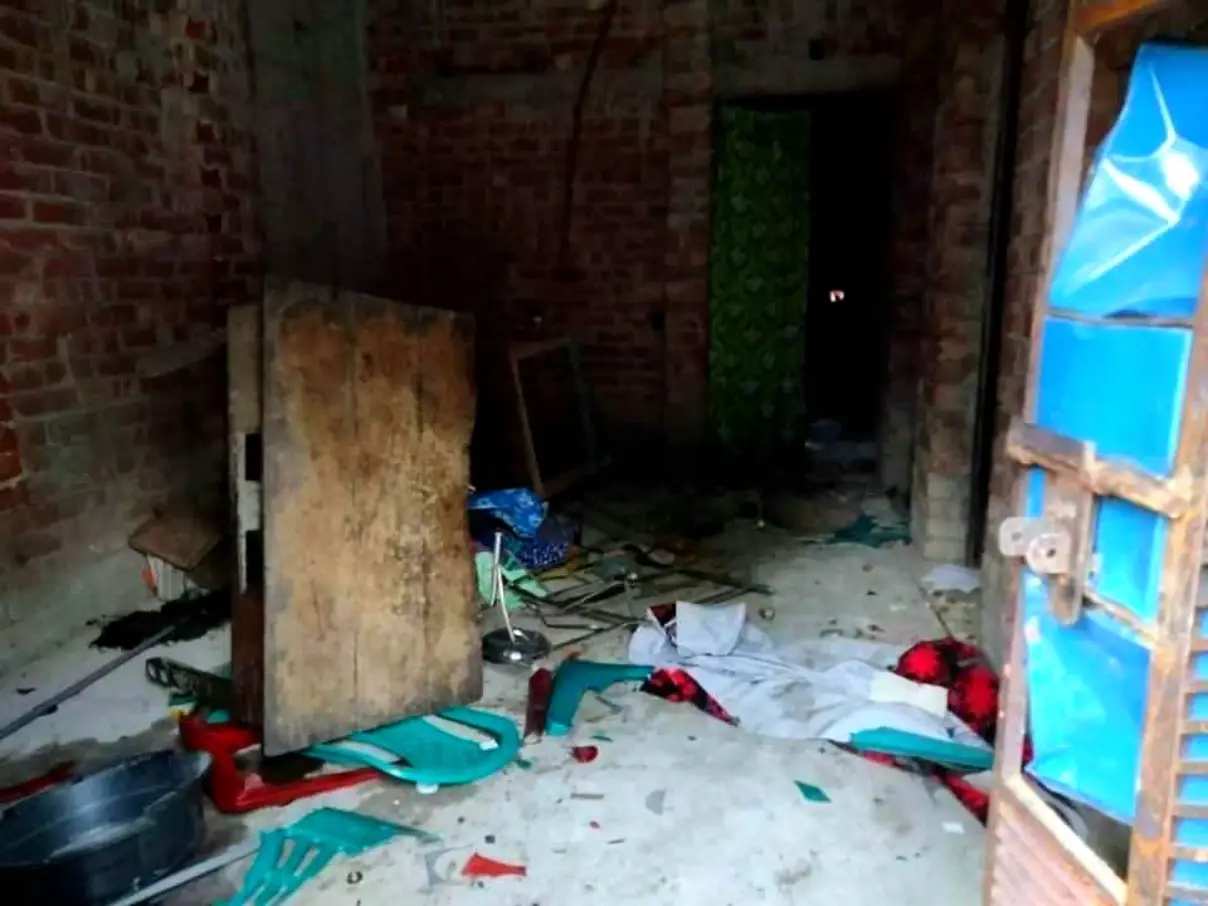
In May, 23-year-old Bikash Dhar Deepta was arrested in Moulvibazar for a Facebook post deemed “blasphemous,” though no forensic validation was presented in court.
Weeks later in Lalmonirhat, an elderly barber and his son were brutally beaten by a mob for allegedly insulting Islam. Video footage showed the father being stripped and kicked while bystanders filmed on their phones.
Most recently, in July 2025, 24-year-old Sohag Das in Dinajpur faced death threats after accusations circulated that he had “liked” an anti-Islam post.
The Islamist group Al Insaf Islami Sangh held protests demanding his execution. Sohag’s family has since fled their home.
Critics say these attacks reflect an increasingly precarious environment for Bangladesh’s religious minorities, who comprise roughly 9% of the country’s 170 million citizens.
The Hindu population, once around 22% at the time of independence, has dwindled significantly due to persistent violence, land grabs, and systemic discrimination.
When asked for comment, Bangladesh’s Home Ministry did not respond.
Government spokespersons have largely remained silent or referred to “ongoing investigations,” which seldom produce arrests of perpetrators.
Civil society activists say the political vacuum and absence of parliamentary oversight have enabled extremist elements to act with brazenness.
Back in Rangpur, Balapara village bears scars not just of violence but of abandonment. “The boy is in jail,” said Subash Roy, a local shopkeeper.
“But will that bring back our dignity? Our sense of belonging? The police watched as they stripped us of both.”
As families evacuate, afraid of further retaliation, elders worry this may be a tipping point. “We have survived war, floods, and poverty,” said 78-year-old widow Manorama Rani.
“But this fear—this hatred dressed as religion—is something we do not know how to survive.”
With no clear roadmap to elections and growing instability, Bangladesh’s minorities stand at the edge of an abyss, their lives increasingly vulnerable to mob justice masquerading as divine retribution.

